What to do if the gas valve on the gas column does not work: features of diagnostics and repair
In case of any breakdown, most owners of the gas column call the master of a specialized service. However, services are usually accompanied by financial costs, right?
Why not independently solve a seemingly insignificant problem, having the skills of a mechanic? With a situation when the gas valve on the gas column does not work, you can try to cope on your own. But what is needed for this and where to start?
In this article we will talk about the design features of the gas valve. We will analyze the main failures leading to the inoperability of the column. For a better understanding of the process of diagnosis and disassembly, we will provide the presented material with visual photographs and a video.
The content of the article:
Geyser valve device
In order to make it easier for home masters to restore the functionality of a gas boiler, in particular when a malfunction of the gas valve is noted, we will consider the assembly of the unit and the technical nuances of diagnosis and repair.
But, if you do not have experience in disassembling geysers and relevant knowledge on the topic, then for repair and maintenance preferably invite the master.
The device, called the gas solenoid valve, performs an important function of the gas column - control the flow of the fuel component (natural gas). The picture below shows a common version of the design of the control unit, which includes the valve.
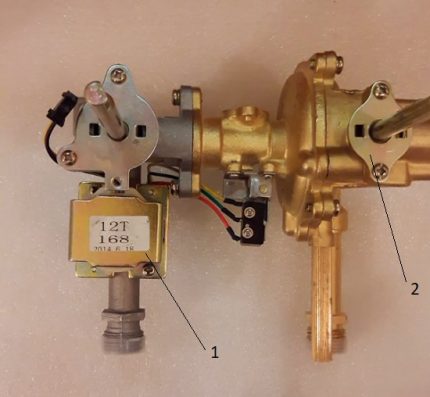
In fact, the control unit is a two-stage mechanism, the first stage of which is precisely the gas solenoid valve (1).The second stage is a mechanical device that provides adjustment by means of a manual control rod (2).
The design of the gas valve is quite simple - it is made according to the principle of an electromagnetic traction device, which are used as part of a wide variety of devices and devices. If you dismantle this component from the circuit of the control unit, for which it is enough to unscrew a couple of screws, the valve part will appear before the eyes of the master, which is mounted on a spring-loaded metal rod.

As you can see in the picture, the design consists of skirtswhere the valve part enters - membrane and electromagnetic module. The valve part is mounted on a metal stockspring-loaded for the return stroke to the closed position.
When voltage is applied to the coil of the electromagnet, the metal rod moves upward under magnetic action and diverts the membrane from the passage opening of the skirt. This opens the gas passage towards the manual valve and further to the burner.
Valve troubleshooting
The loss of efficiency of the gas valve leads to the complete impossibility of operating the heating equipment, or to a situation where the required level of heating is not provided due to incomplete opening of the membrane.
On the other hand, there are possible reasons, on the contrary, leading to a constant flow of gas to the burner of the boiler (column). That is, a situation arises when the gas valve is constantly open.
Stage # 1 - Simple Electrical Component Inspection
It is permissible to test the performance of the gas solenoid valve on the column (boiler) without dismantling the control device. However, to carry out the test directly on the equipment, it is necessary to ensure that the gas supply is turned off by closing the valve on the line. In this case, the geyser (boiler) remains connected to the electrical network.
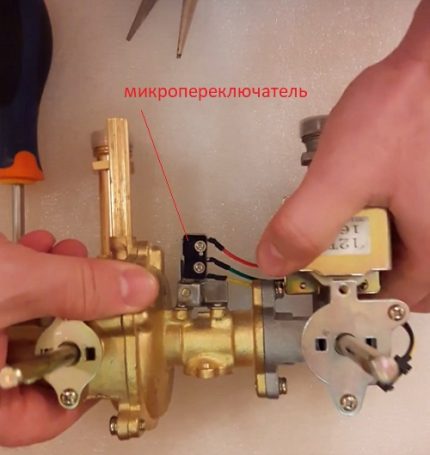
As a rule, an electronic component is present on the device for regulating the gas supply to the burner - a micro switch (see the picture above), by which, when the gas column is turned on, power is supplied to the main technological parts.
In particular, the supply voltage through the micro-switch is supplied:
- to the ignition module;
- to the fan of the traction turbine;
- to the coil of the solenoid valve.
So, if it is forced, for example, with a screwdriver blade, to act on the pusher plate of the microswitch, these gas column systems (boilers) will receive power.
As a result, the following components are activated:
- a fan;
- electric lighters;
- solenoid valve.
That is, the tester will hear the sound of a running fan, the characteristic clicking sounds of a gas lighter, and, of course, the characteristic click of the solenoid valve stem. This condition of the equipment demonstrates the health of the components, in any case - electrical.
Stage # 2 - valve disassembly and testing
The cause of inoperability of the unit may be various defects.
Among them:
- violation of the shape of the membrane seal;
- getting into the skirt body of a foreign object;
- fracture (wedge) of the return spring;
- break in the conductor of an electromagnet coil.
The first three defects of the list are detected after disassembling the device with a careful inspection of the structure and checking the rod for free axial movement.
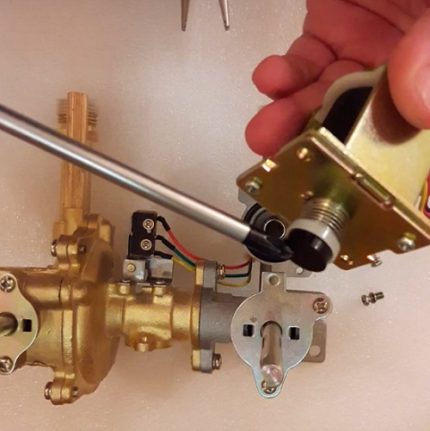
A separate approach to testing requires the last item on the list - coil conductor break electromagnet. We will discuss further the types of breakdowns and methods for their elimination.
Stage # 3 - check the electromagnet coil and its repair
The practice of operating gas water heaters and boilers shows that a defect in an electromagnet coil is not only a break in a winding conductor.
Cases are common interturn circuit, which also leads to a loss of operability of the node. How to check the solenoid valve of a household gas column at home?
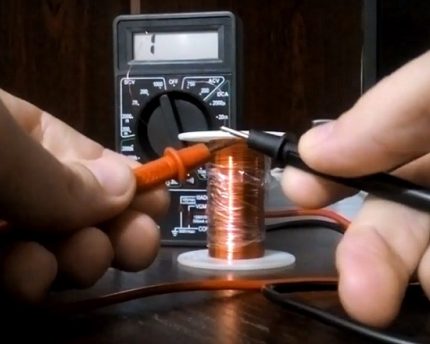
Of course, each individual gas water heater manufacturer (boilers) original valve designs are used. Therefore, the resistances of the inductors included in the electromagnet are significantly different.
In general, one can note a certain range of resistances characteristic of such inductances: 1.3 - 7.5 kOhm. In fact, a specific parameter should indicated in equipment documentation.
The measurement of the inductor is traditionally carried out in the resistance measurement mode - by connecting the tester probes to the contacts of the inductor. If the device does not respond to the connection, it is obvious that there is an open circuit.
If the measured resistance parameter differs from that indicated in the documentation, most likely there is an interturn circuit. In both cases, the coil should be replaced.

In practice, replacing a coil as a separate valve element in a gas boiler is rare. As a rule, if it is a failure of the inductance coil that is detected, the masters completely change the solenoid valve assembly.
This replacement is due to the complexity of the search for a specific component. Yes, and the procedure for replacing an individual element is more complicated compared to replacing a gas solenoid valve assembly.
Stage # 4 - troubleshooting mechanical defects
As noted above, a solenoid valve for a household gas water heater may lose functionality for purely mechanical reasons. For example, the accidental appearance of a foreign element inside the valve threatens with a loss of tightness of the membrane seal.
To find the cause of the breakdown, the wizard has to perform a series of actions:
- remove the gas valve;
- its subsequent disassembly;
- attentive check.
These manipulations can detect and eliminate the malfunction associated with the ingress of foreign objects into the working chamber.
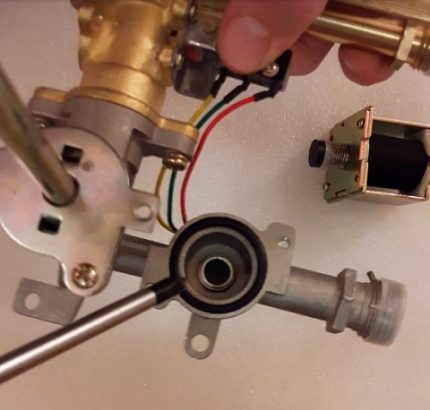
Among mechanical defects, a fairly common moment is elastic membrane defectwhen there is a violation of the form or partial destruction of the landing site. Here, in principle, you can get by installing a new membrane on the stem, but traditionally masters in such cases resort to a complete replacement of the electromagnetic valve.
A similar situation with device repair when it comes to return spring or loss of necessary pressure by this element. To replace the spring, you have to disassemble the entire structure.
However, some valve models are assembled using a screwless joint - rivet method or metal clips. Therefore, it is much easier to replace the design completely than to engage in restoration.
Stage # 5 - valve assembly and leak test
If the troubleshooting of the gas solenoid valve was accompanied by disassembly of the mechanical structure, reassembly should include careful leak test. Be sure to check gasket integritymounted on the upper rim of the skirt; if necessary, replace the gasket.
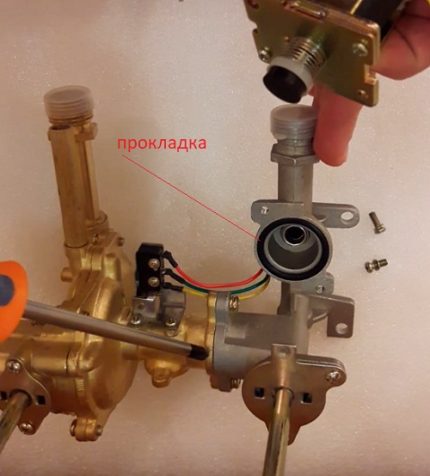
The assembled unit is checked in a standard (traditional) way with the gas supply turned on. A suitable container is taken, where a little water is poured and soap powder is added. Is being created thick soapy foam, which is applied to the skirt body in the place where the gasket is installed. If bubble formation is not visually observed, then tightness is within normal limits.
You figured out the valve, but faced with attenuation of the gas column or other problems? We recommend that you familiarize yourself with our other articles in which we examined the most common breakdowns and how to eliminate them:
- Why does the gas column go out: typical causes and a guide to resolve them
- Gas boiler draft sensor: how it works and works + subtleties of functionality testing
- How to replace the gas column membrane: reasons + repair instructions
Conclusions and useful video on the topic
Testing the device in a simple way, filmed on video, clearly demonstrates how this process is conducted. Of course, such a technique is not suitable for all gas columns without exception, but for most models the material is quite relevant:
The performance test and the operability of the electromagnetic gas valve can be done by yourself or consult a specialist. However, it is worth remembering that gas equipment refers to high-level hazard equipment, and when handling it, certain rules and regulations. The slightest flaws, omissions, ignorance when performing installation (repair) work can lead to serious consequences.
At the same time, an appeal to specialists nullifies the risk component. Therefore, having no experience in performing repairs and relevant knowledge, it is not recommended to compare the cash costs and personal safety in such matters. It’s easier and safer to call the wizard of the specialized service with which you have contract signed.
Do you want to supplement the above material with useful tips for troubleshooting the solenoid valve of gas equipment? Or are you doing independent diagnostics and disassembling the node and want to clarify a couple of nuances? Ask your questions, add unique photos containing a good example, write recommendations in the feedback block located below the article.

 What to do if the gas fireplace does not turn on: possible causes and solutions to the problem
What to do if the gas fireplace does not turn on: possible causes and solutions to the problem 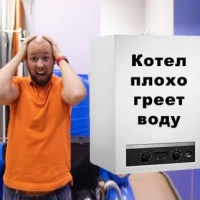 What to do if a gas boiler breaks down and hot water does not turn on? Diagnostic and repair instruction
What to do if a gas boiler breaks down and hot water does not turn on? Diagnostic and repair instruction 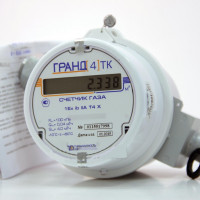 What to do if the gas meter creaks during operation: the main causes of noise and methods for eliminating them
What to do if the gas meter creaks during operation: the main causes of noise and methods for eliminating them 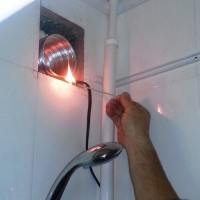 How to check the draft in a gas column: an overview of methods for checking traction and methods for dealing with reverse traction
How to check the draft in a gas column: an overview of methods for checking traction and methods for dealing with reverse traction 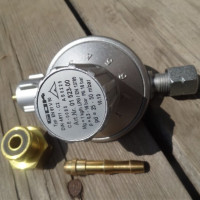 Why the gas cylinder gearbox buzzes: what to do if the gas pressure regulator is noisy
Why the gas cylinder gearbox buzzes: what to do if the gas pressure regulator is noisy 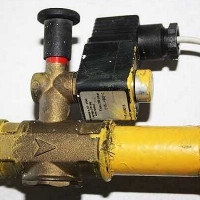 The gas pipe valve in the apartment: features of choice, installation and maintenance standards
The gas pipe valve in the apartment: features of choice, installation and maintenance standards  How much does it cost to connect gas to a private house: the price of organizing gas supply
How much does it cost to connect gas to a private house: the price of organizing gas supply  The best washing machines with dryer: model rating and customer tips
The best washing machines with dryer: model rating and customer tips  What is the color temperature of light and the nuances of choosing the temperature of the lamps to suit your needs
What is the color temperature of light and the nuances of choosing the temperature of the lamps to suit your needs  Replacement of a geyser in an apartment: replacement paperwork + basic norms and requirements
Replacement of a geyser in an apartment: replacement paperwork + basic norms and requirements